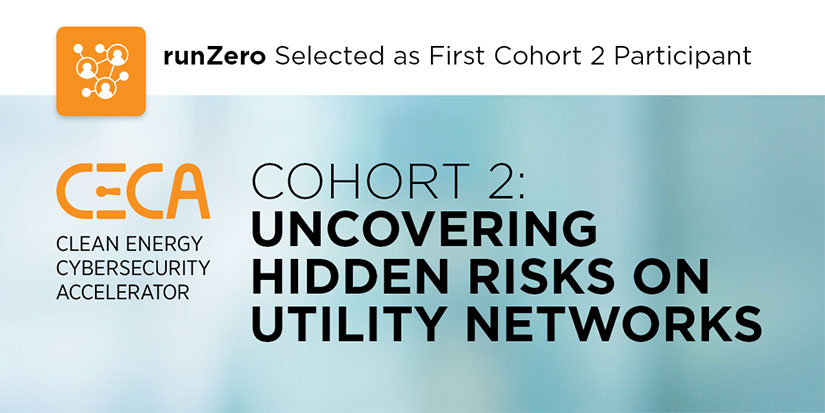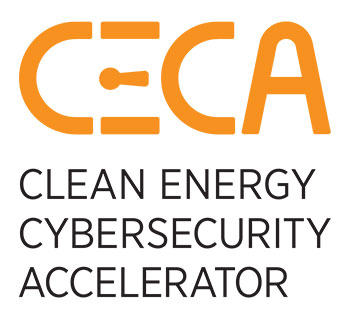Second Clean Energy Cybersecurity Accelerator Cohort Evaluates Solutions That Uncover Hidden Risks on Utility Networks
RunZero Selected as First Cohort 2 Participant

Having a complete picture of all the industrial control system assets connected to a utility’s infrastructure—both physically and virtually—is an important step in protecting energy systems against cyber threats.
After all, it is difficult to protect a system if you do not know what is on it.

Through network scans, utilities can gain insight into the devices that exist in their infrastructure and their intended functions, as well as devices that are unintentionally or maliciously added.
Solutions for monitoring information technology networks are commonplace, but tools for actively monitoring operational technology systems are not yet widely adopted. Modern energy systems that are increasingly reliant on digital communications networks require new tools that are system compatible and achieve active situational awareness.
The second cohort of the Clean Energy Cybersecurity Accelerator™ (CECA) seeks to rapidly address this gap through the technical evaluation of novel solutions that actively identify all assets connected to a utility’s infrastructure, including unauthorized, unmanaged, or compromised assets that need to be removed or remediated.
RunZero was selected as the first solution provider to participate in Cohort 2, through which their technology will be evaluated in the Advanced Research on Integrated Energy Systems (ARIES) Cyber Range. A future announcement this spring will identify the balance of Cohort 2 participation.
The runZero Platform combines active scanning, native passive discovery, and integrations to discover information technology (IT), operational technology (OT), and internet-of-things assets, including risky unmanaged and unknown devices. RunZero’s active scanning, designed to support fragile OT/industrial control system (ICS) networks, gathers device details to provide fingerprinting without jeopardizing availability.
The platform also includes novel technology to perform traffic sampling, which passively discovers OT/ICS devices and provides always-on discovery capabilities. RunZero is entirely software based, enabling organizations to deploy the solution without requiring additional hardware.
The solution will undergo rigorous testing on a virtual and physical environment, including realistic layers of operational technology hardware-in-the-loop, to assess the richness of asset information identified and the speed at which information is gathered, among other key features.
Results from Cohort 2 technical assessments will culminate in a public report documenting the research process and outcomes. Participants will walk away with competitive experience, new partnership opportunities, and professional third-party evaluation of their technologies.
Featured in the White House National Cybersecurity Strategy, CECA is furthering federal goals to secure our clean energy future by accelerating the adoption of cybersecurity solutions that protect renewable energy systems.
CECA is managed by the National Renewable Energy Laboratory and sponsored by the Department of Energy’s (DOE’s) Office of Cybersecurity, Energy Security, and Emergency Response and utility partners in collaboration with DOE’s Office of Energy Efficiency and Renewable Energy.
Read more about CECA, program eligibility, and a summary of findings from Cohort 1, and subscribe to CECA email updates.
Last Updated May 28, 2025
